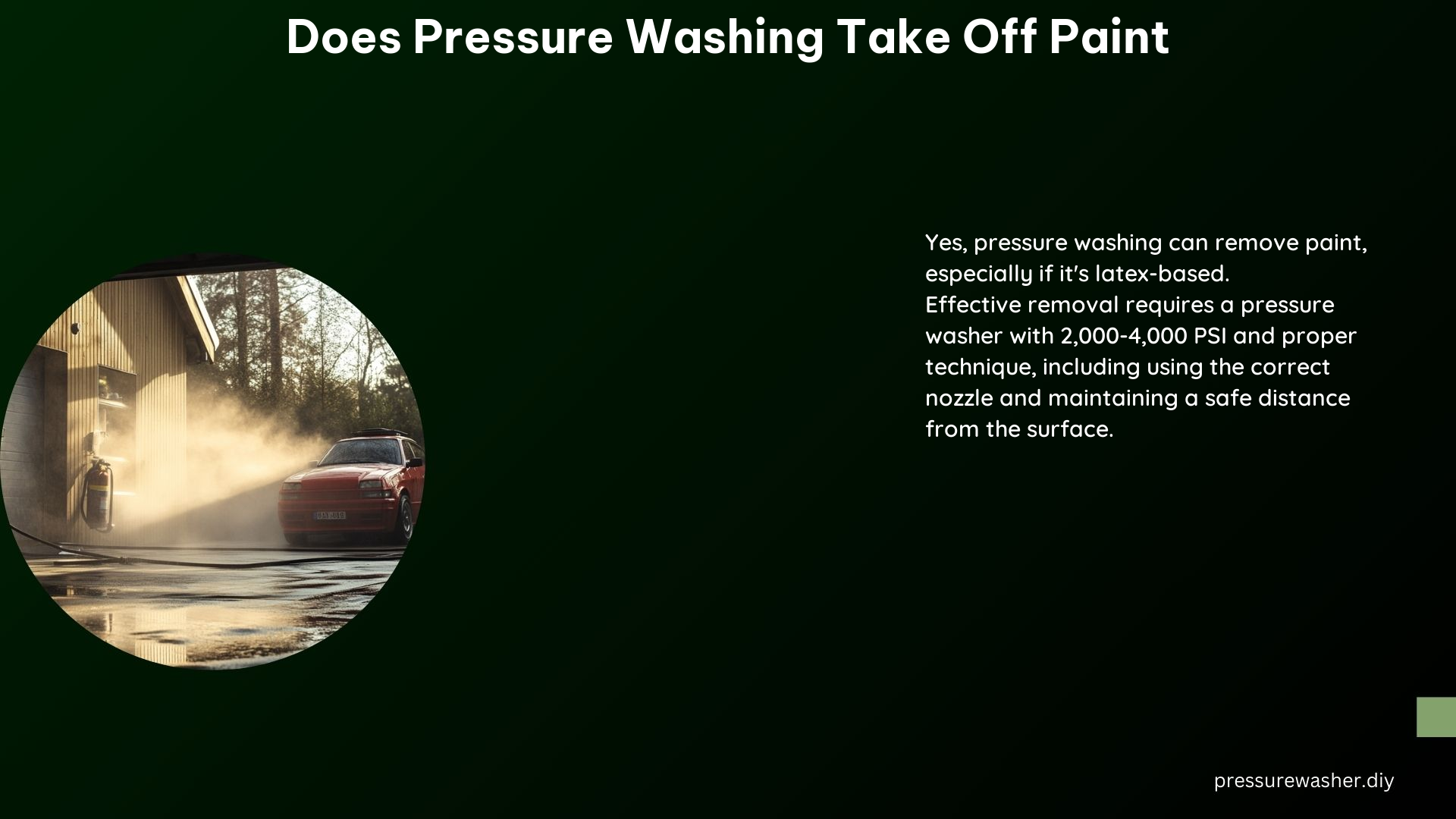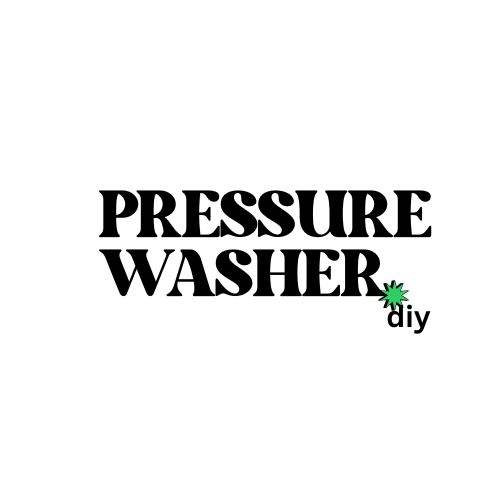Pressure washing is a highly effective method for removing paint from various surfaces, including wood, metal, and concrete. This comprehensive guide will delve into the technical details, safety considerations, and best practices to ensure a successful paint removal project.
Effectiveness of Pressure Washing for Paint Removal
The effectiveness of pressure washing in removing paint is primarily determined by the pressure level of the washer. Experts recommend using a pressure washer with a range of 2,000 to 4,000 pounds per square inch (psi) for efficient paint removal. This high-pressure water stream can effectively strip away peeling, chipping, or flaking paint from the surface.
Pressure Level Considerations
- Low Pressure (< 2,000 psi): While lower pressure washers can still remove some paint, they may not be as effective in completely stripping the surface, leaving behind stubborn paint residues.
- Medium Pressure (2,000 – 3,000 psi): This pressure range is suitable for most paint removal projects, effectively removing the majority of the paint without causing significant damage to the underlying surface.
- High Pressure (3,000 – 4,000 psi): For heavily painted or stubborn surfaces, a pressure washer in the 3,000 to 4,000 psi range is often recommended to ensure complete paint removal.
Proper Technique for Paint Removal
Maintaining the correct technique is crucial when using a pressure washer for paint removal. Here are the key steps to follow:
- Angle and Distance: Hold the pressure washer gun and wand firmly at an angle of approximately 30 to 45 degrees, maintaining a distance of 12 to 18 inches from the surface.
- Sweeping Motion: Use a downward and sweeping motion to direct the paint chips and debris away from the surface. This technique helps to prevent the paint from being driven back into the surface.
- Wood Surface Considerations: When working on wood surfaces, move the pressure washer nozzle along the grain of the wood to minimize the risk of damage.
Safety Precautions for Pressure Washing

Pressure washing can be a powerful and potentially dangerous tool, so it’s essential to take the necessary safety precautions.
Protective Gear
- Goggles: Always wear protective goggles to shield your eyes from debris and water spray.
- Closed-Toe Shoes: Wear sturdy, closed-toe shoes to protect your feet from potential hazards.
- Gloves: Consider wearing heavy-duty gloves to protect your hands from the high-pressure water stream.
Area Preparation
- Outdoor Fixtures: Cover or protect any outdoor fixtures, such as lights, electrical outlets, or landscaping, to prevent damage.
- Windows and Doors: Ensure that all windows and doors in the area are securely closed to prevent water intrusion.
Additional Tips for Effective Paint Removal
While pressure washing is a powerful tool, there are a few additional steps you can take to enhance the paint removal process.
Test Spot
Before starting the full-scale paint removal project, it’s crucial to test the pressure washer on a small, inconspicuous area of the surface. This will help you determine the appropriate pressure level and technique without causing unintended damage.
Paint Remover Application
Applying a chemical paint remover before pressure washing can help soften the paint, making it easier to remove. Follow the manufacturer’s instructions for the proper application and dwell time.
Post-Cleaning Preparation
After pressure washing, the surface may still have some remaining loose paint. In such cases, you may need to lightly scrape or sand the area to remove any leftover paint before repainting the surface.
Technical Specifications for Effective Paint Removal
While lower pressure washers can still remove some paint, a pressure washer with a minimum of 4,000 psi is often recommended for the most effective and complete paint removal. This high-pressure water stream can effectively strip away even the most stubborn paint layers without causing significant damage to the underlying surface.
Conclusion
Pressure washing is a highly effective method for removing paint from various surfaces, provided that the appropriate pressure level, technique, and safety precautions are followed. By understanding the technical specifications, best practices, and additional tips outlined in this guide, you can successfully tackle your paint removal project and achieve a clean, well-prepared surface for your next painting project.
References
- https://www.stihlusa.com/guides-projects/a/how-to-strip-paint/
- https://www.reddit.com/r/pressurewashing/comments/11kds10/will_pressure_washing_remove_paint_stains_in/
- https://www.mitm.com/support/videos/how-to-strip-paint/
- https://www.diychatroom.com/threads/4000-psi-pressure-washer-required-to-strip-paint.664907/
